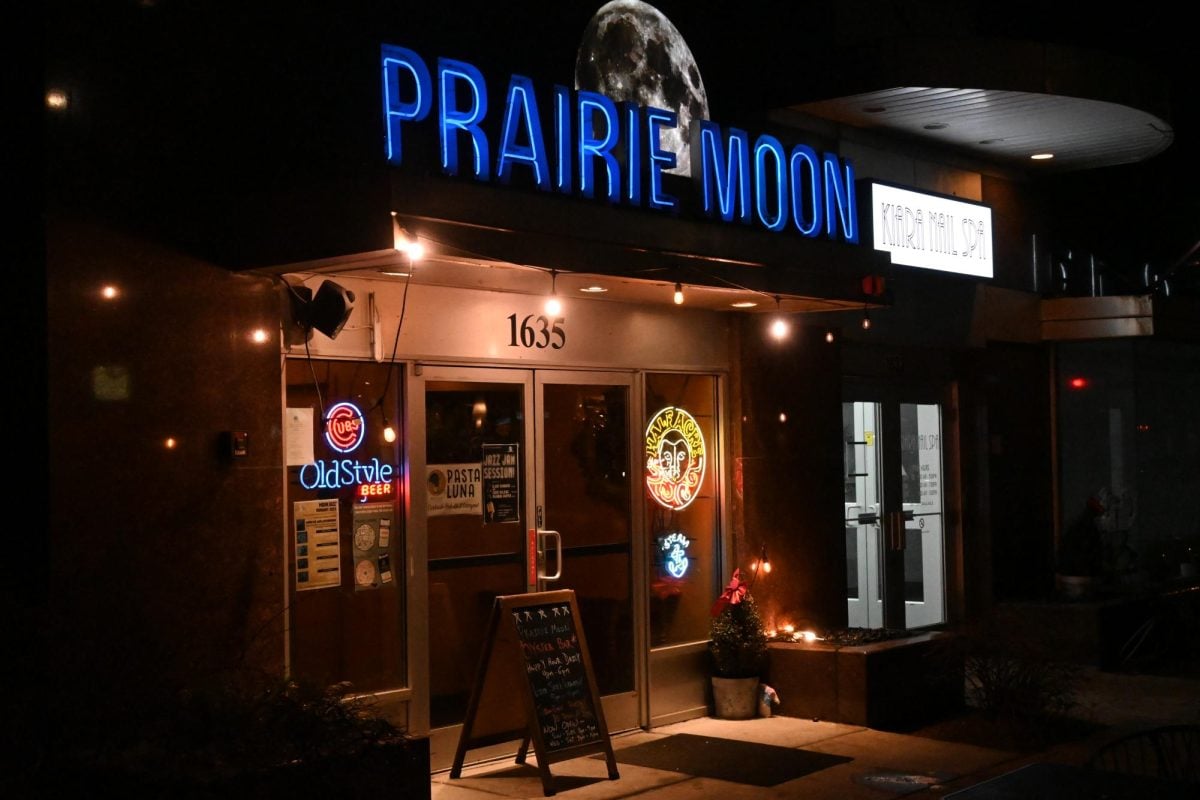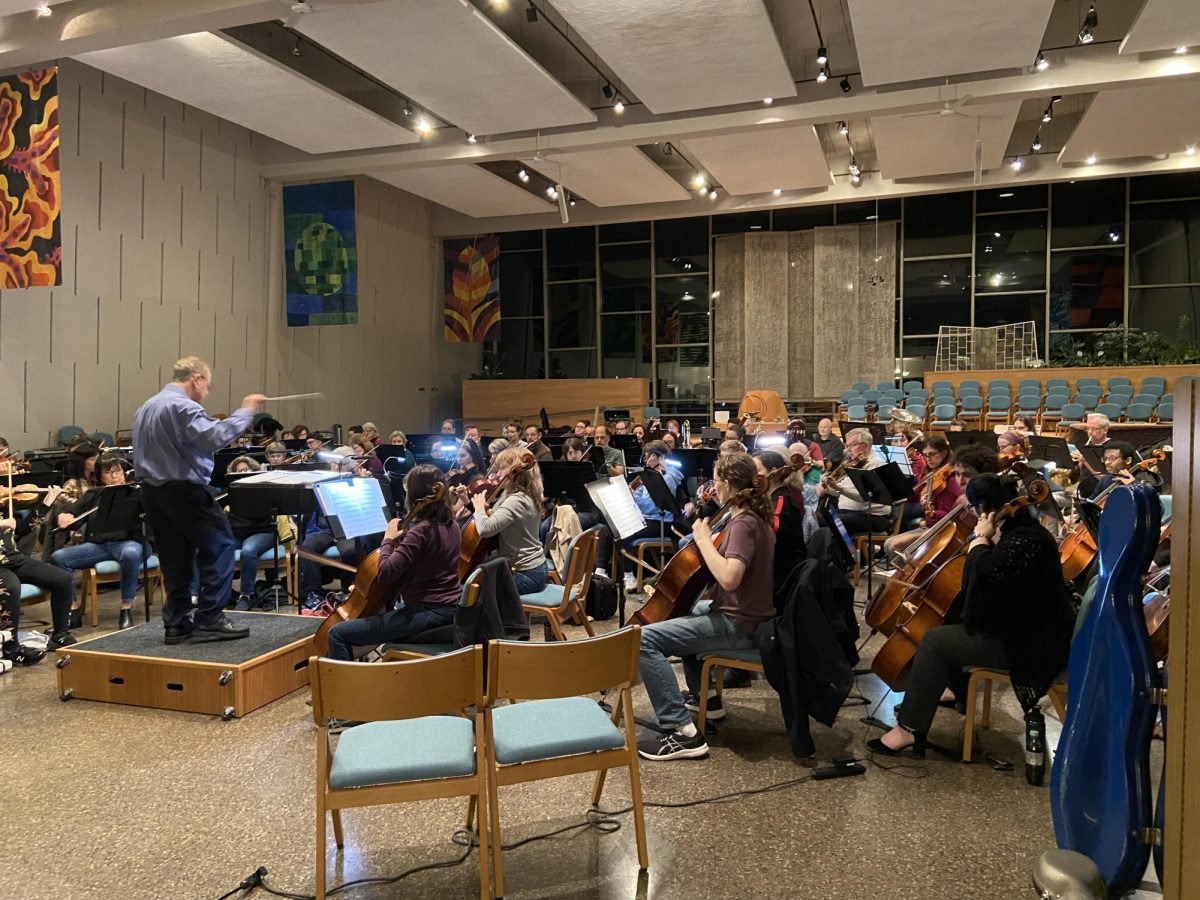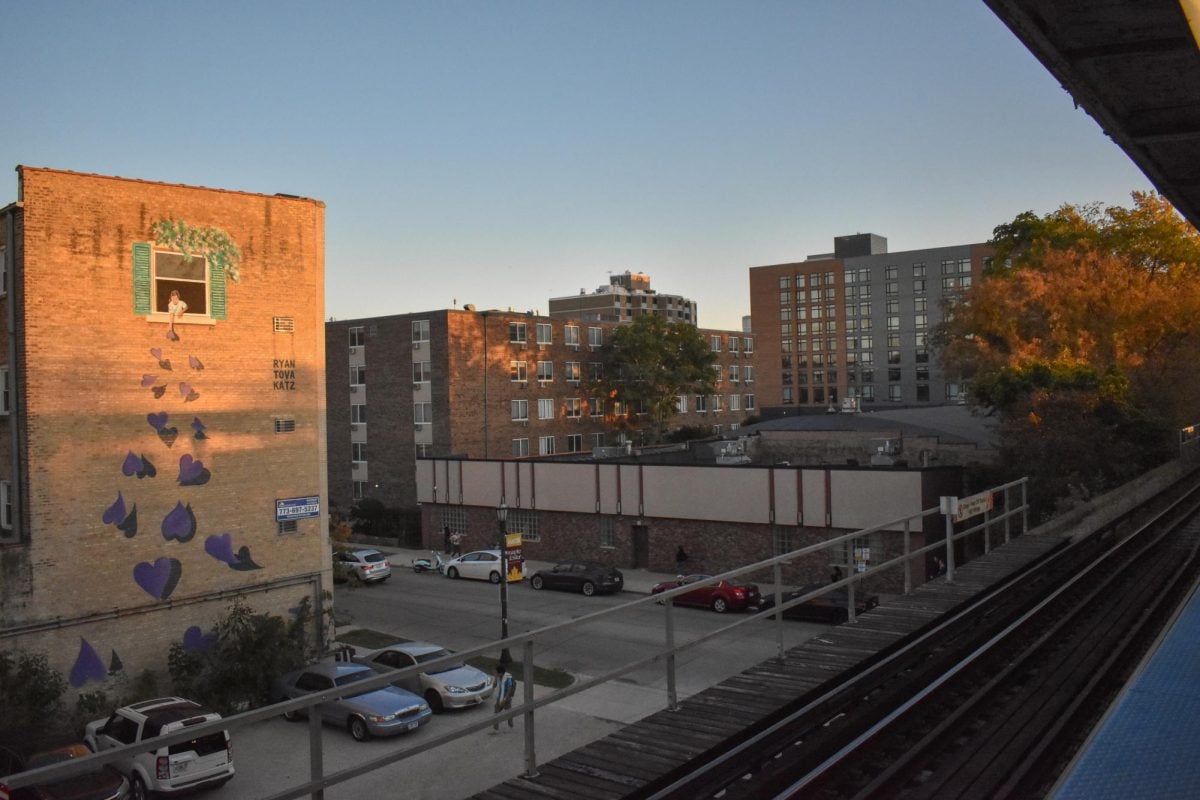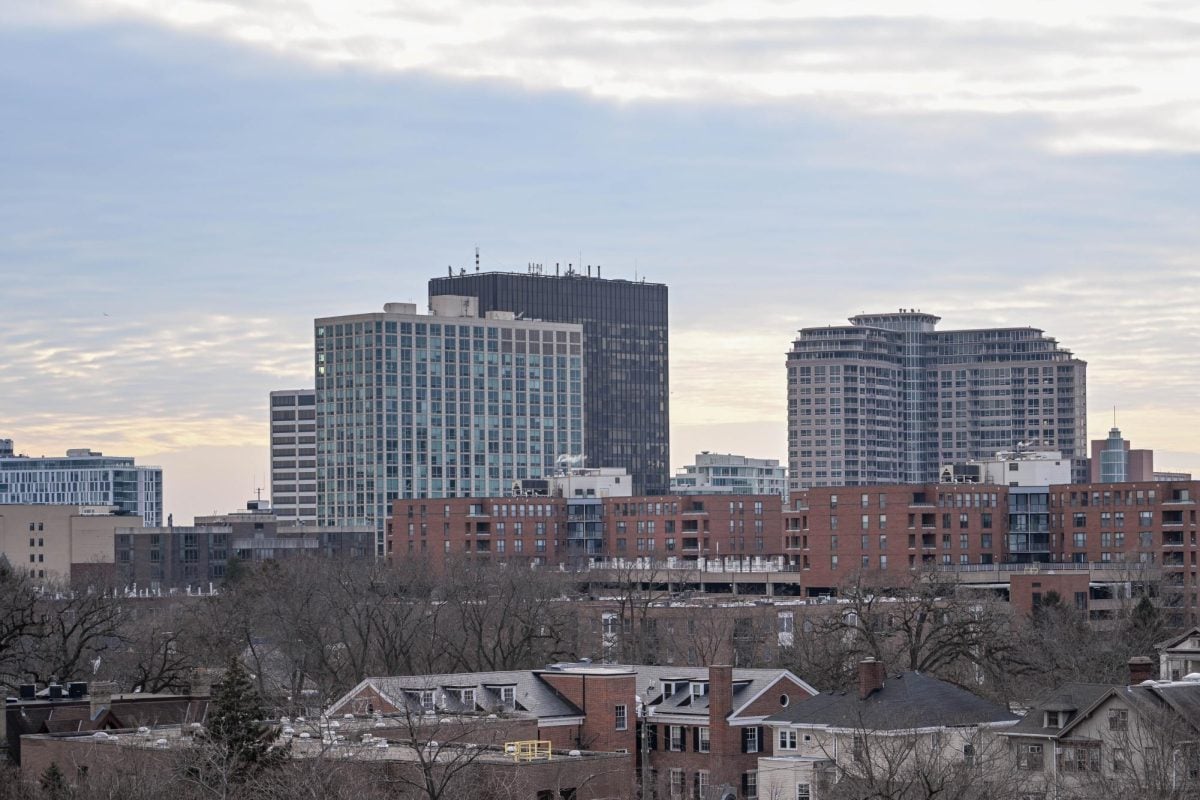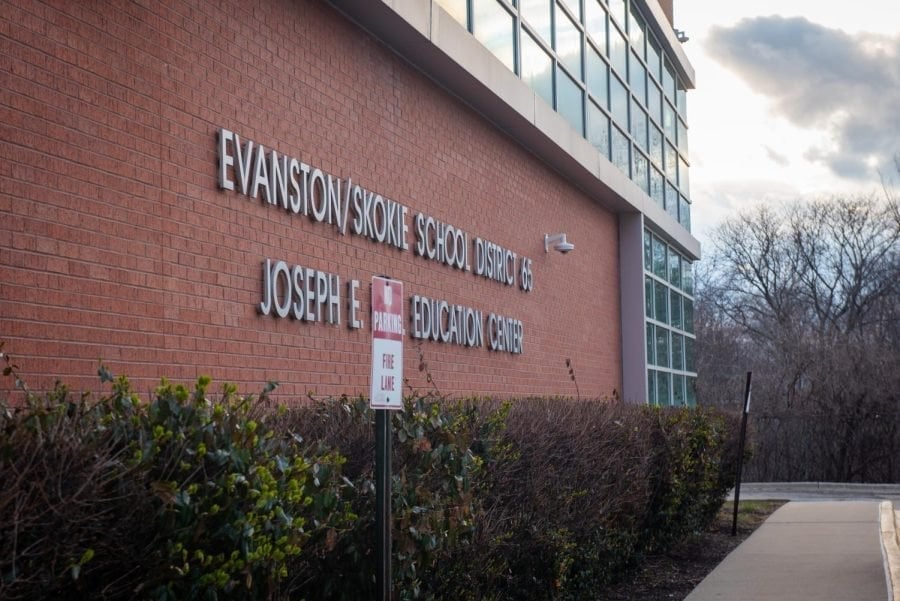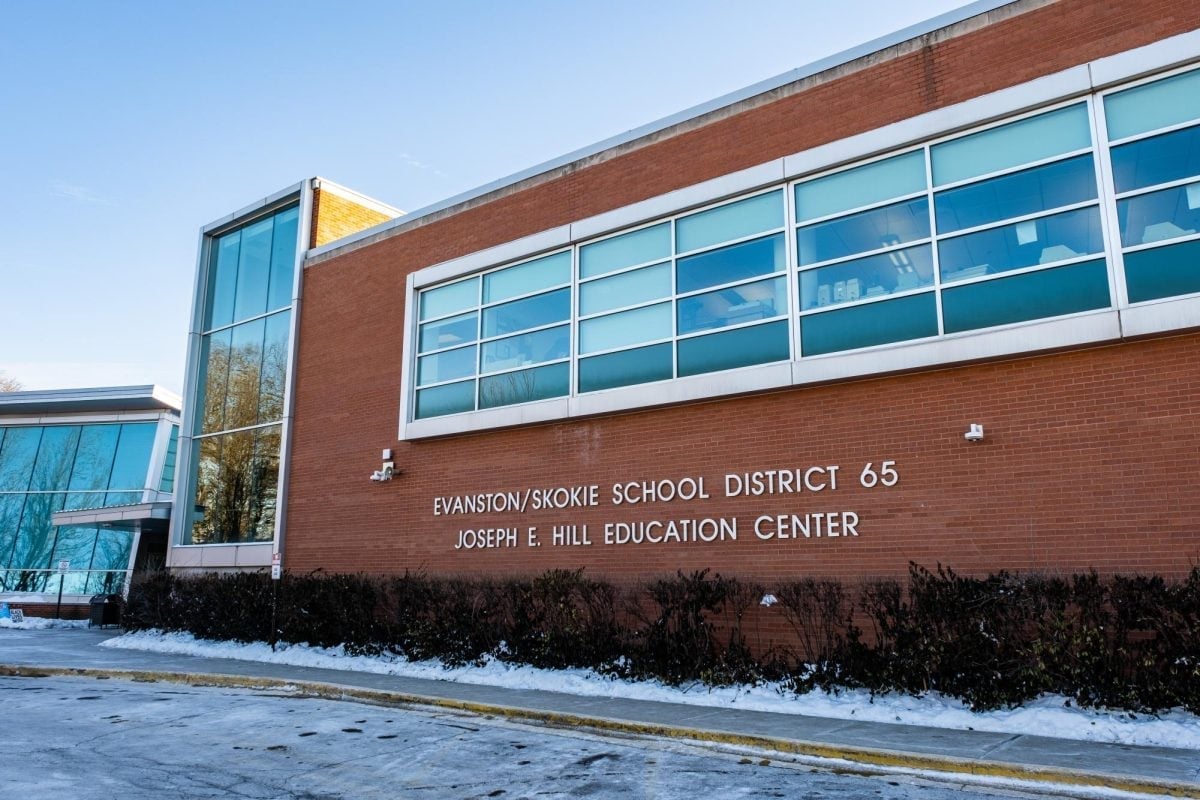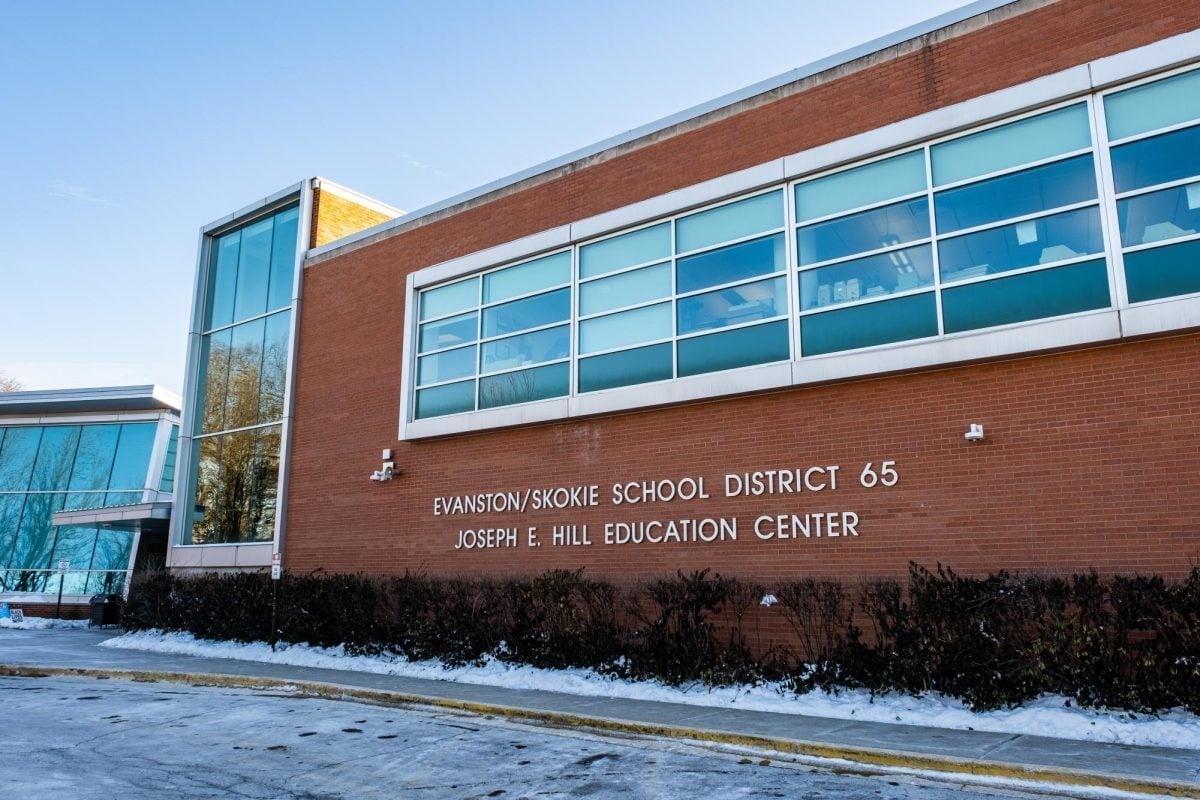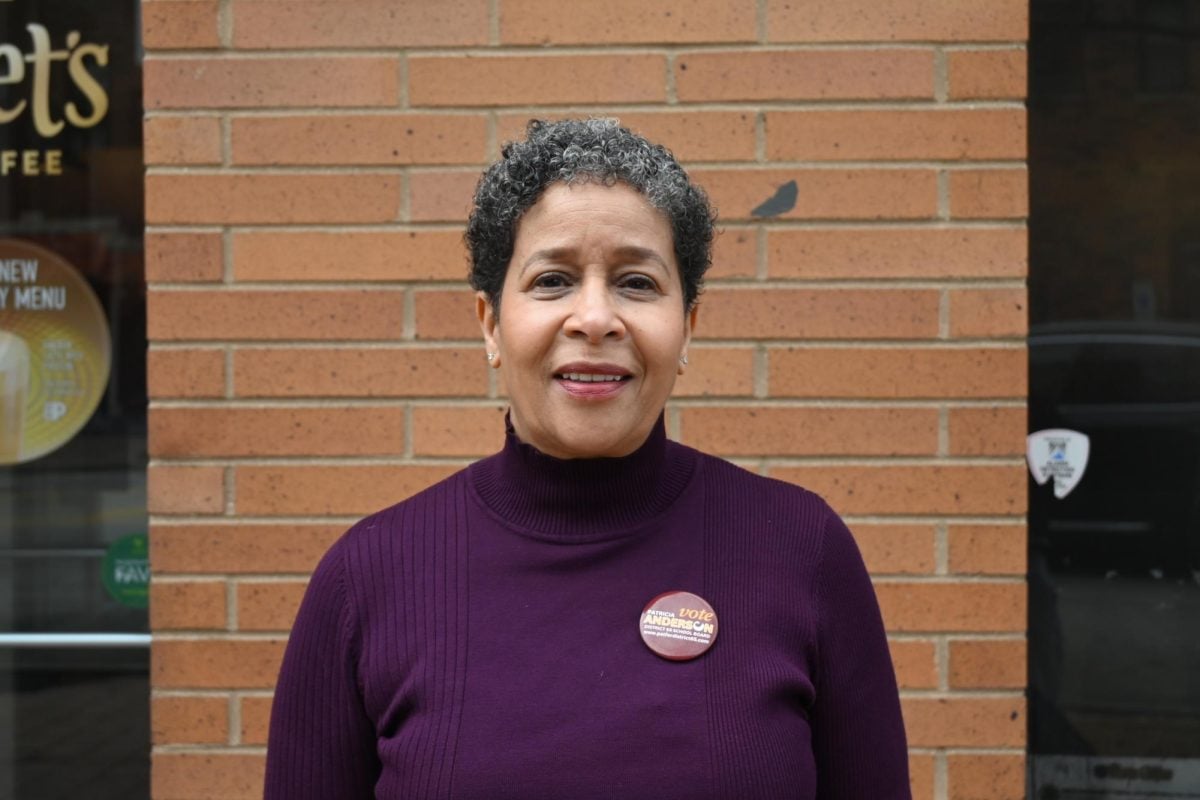Top University officials say they were caught off guard last summer when preservationist groups organized to virulently oppose demolition of the old Prentice Women’s Hospital.
It took one of several face-to-face meetings with Chicago Mayor Rahm Emanuel for Northwestern officials to realize their longstanding plan to tear down Prentice and build a new biomedical research facility was going be much more contentious than expected.
“The mayor asked, ‘What are you guys going to do, are you going to have an offensive?’” University President Morton Schapiro told The Daily last week, referring to a summer meeting initiated by Emanuel. “He said he was getting inundated with letters. He was just saying these guys are very aggressive and spending a lot of money.”
The exhaustive effort by preservationists — which included robocalls to residents, glossy flyers and mailers as well as full-page ads in local publications including The Daily — was ultimately unsuccessful. The Commission on Chicago Landmarks voted Nov. 1 against granting Prentice protected status, clearing the way for NU to fulfill its decades-old vision to tear down the building and expand its biomedical research capabilities.
University officials say they are currently preparing paperwork for the demolition permit, which will be completed soon and submitted to Chicago’s Department of Buildings for approval.
Even though the anti-demolition camp was ultimately on the losing end of the fight, it came out of the gate running. Local groups showed urgency in aligning with the National Trust for Historic Preservation and quickly gathered thousands of petition signatures. Activists eventually formed an umbrella group called the Save Prentice Coalition.
Christina Morris of the National Trust for Historic Preservation declined to discuss the group’s Prentice-related fundraising and expenditures, but confirmed the group hired ASGK Public Strategies to manage a well-funded public relations campaign, which revved up in the summer. The Chicago-based firm boasts high-profile clients such as Comcast,Citigroup and the Motion Picture Association of America.
The movement emerged as a national cause celebre for preservationists and architectural activists. Prentice preservation spilled onto the opinion pages of Chicago’s two leading newspapers, and a front-page article in The New York Times explored alternatives to demolition.
NU administrators, who had not anticipated such push-back on a longstanding plan, started “a little behind the chains, to use the football metaphor,” when they finally realized how much work they would have to do to counter preservationists, University spokesman Al Cubbage said.
Schapiro said that NU never had a backup plan if Prentice was landmarked and the abandoned building couldn’t be demolished.
“We were getting killed (by preservationist momentum),” he said.
But after meeting with Emanuel, NU officials set into motion their own unprecedented effort to drum up support for demolishing the old hospital. Much of the work fell on the Department of University Relations, including Cubbage, Bob Rowley, Pat Tremmel and their respective staffs.
In all, NU spent hundreds of thousands of dollars making its case, said Eugene Sunshine, the University’s vice president for business and finance, who added that this was one of the most important projects he’s ever worked on.
NU sent its own mailers to local residents, took out full-page spots in the Chicago Tribune, cut ads for local radio stations and sought support from its expansive alumni networks.
The University also brought on a consultant and commissioned Purple Strategies, a highly regarded public affairs firm, to conduct a poll of Streeterville residents about the site. The poll was publicly released in late August after it found widespread support for NU’s proposal.
“This was the first time I can remember doing a poll,” Sunshine said.
With an evened-out public relations landscape, momentum started to build around the University’s proposal by the time students returned to campus in late September.
Chicago Ald. Brendan Reilly (42nd), whose ward includes the NU Chicago campus, voiced his support for the demolition plan in mid-October. At the time, insiders noted that Chicago’s landmarks commission is often quite deferent to the opinion of local aldermen.
But the most influential endorsement came Oct. 30, just days before the landmark commission hearing, when Emanuel backed the plan in a Chicago Tribune op-ed. Schapiro said he only learned about Emanuel’s endorsement that morning, when multiple people sent him emails linking to the story.
“I read it in the paper — I didn’t have any idea it was coming,” Schapiro said, adding that he immediately called over his wife, Mimi, to see the news.
University officials began expressing cautious confidence that the commission would side with NU. Two days later, in front of more than 100 members of the Save Prentice Coalition, commissioners near-unanimously rejected landmark status for the old hospital.
The protracted fight that almost brought a nationally renowned institution to its knees was over.
Susan Du contributed reporting.


